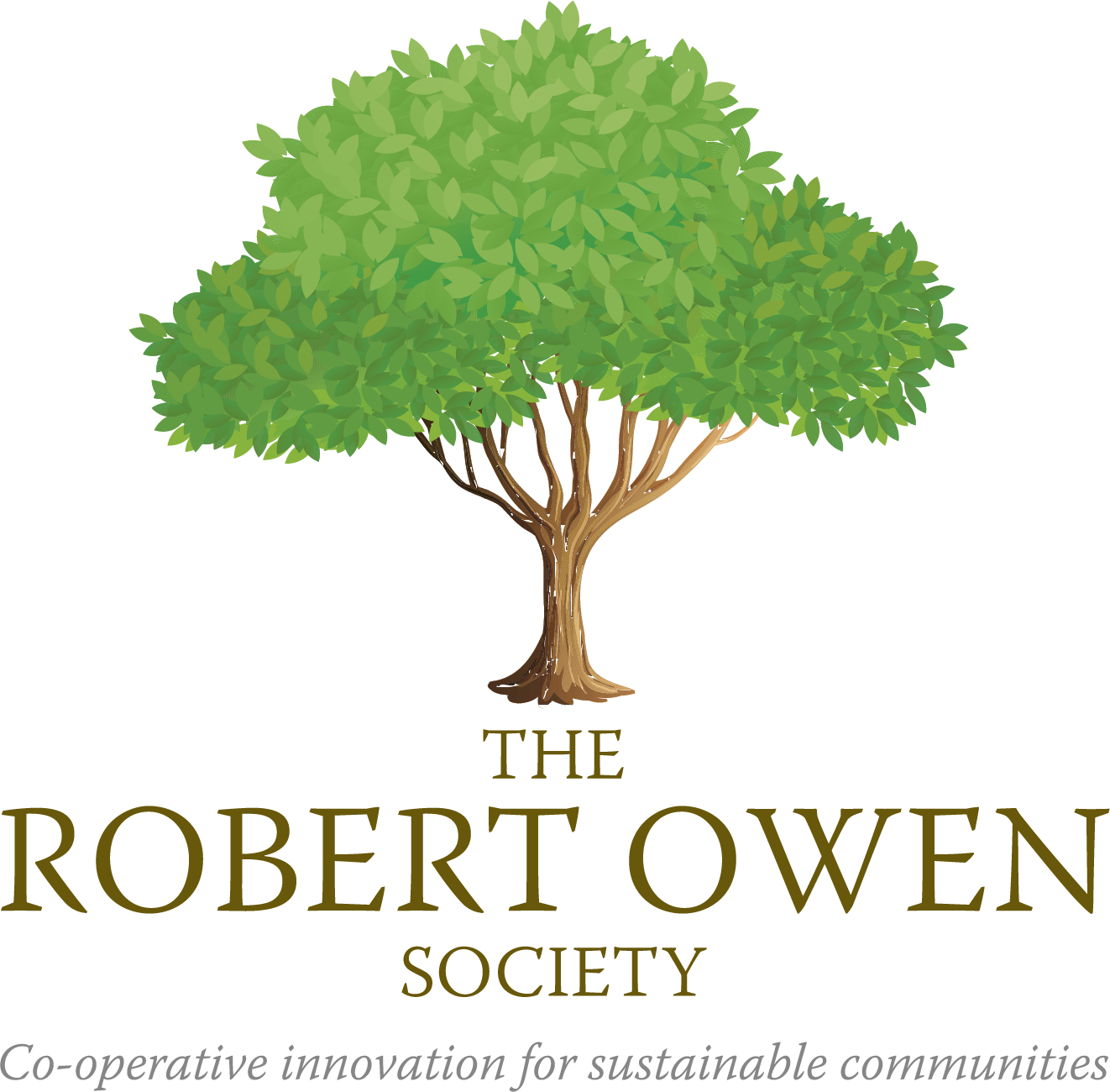How many times do we need to prove that poor women are bankable? asks Jayshree Vyas, managing director of the SEWA bank.
In the case of this cooperative bank it has proven that about 97 per cent of its lenders meet their repayments a better rate than any commercial bank in India.The bank grew out of the need for the poorest women in India, those who make their living as rag pickers, or vegetable vendors or as bidi workers who make their living hand rolling cigarettes.
It is owned by the all women membership based organisation of the Self-Employed Womens Association (SEWA) and was established to help provide funding for women who would otherwise not be granted access to banking services. For some women it helps them out of the debt trap, a commonplace situation that many poor Indian women find themselves in. SEWA itself is a trade union and is the one protection mechanism these poorest of female workers have against economic forces greater than themselves. More than 1.3 million women who are part of this unprotected labour force in India have joined SEWA. In India, about 93 per cent of its workforce operates in this zone of employment where they have little or no security and to exist on a subsistence basis is a challenge. But, the work of the SEWA founder, Elaben Bhatt, has had some success in putting more power into the hands of these impoverished women. The Gandhian practitioner of non-violence and self-reliance has made significant inroads in her country as well as offshore into raising awareness of extreme poverty.
As Bhatt told a high level session of the United Nations in 2008: Poverty is powerlessness. Poverty cannot be removed unless the poor have power to make decisions that affect their lives.
IYC Yearbook feature: https://ica.coop/en/iycbook
